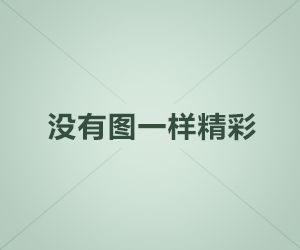肾结如何治疗配图,仅供参考
TreatmentThe accepted management of stone disease ranges from observation (watchful waiting) to surgical removal of the stone. Various factors such as size of calculi,severity of symptoms,degree of obstruction,kidney function,location of the stone and the presence or absence of associated infection influence the choice of one type of intervention over the other .
Stones which are smaller than 5 mm have a high probability of spontaneous passage which can take up to 40 days . During this watchful waiting period,patients can be treated with hydration and pain medication . However,stones larger than 5 mm or stones that fail to pass are treated by interventional procedures . Open surgical procedures for the treatment of ureteric stones have gradually disappeared in the last 30 years and have been replaced by minimal invasive techniques such as ESWL or ureteroscopy.
ESWL is a noninvasive procedure which uses shock waves to fragment calculi . This technique is the most widely used method for managing renal and ureteral stones. However,treatment success rates depend on stone composition,size,properties and location of the stone as well as the instrumentation type and shock frequency . It also needs to be considered that the same forces that are directed at the stones have deleterious effects on surrounding tissues . Damage to almost every abdominal organ system has been reported,but by far the most common injury is acute renal hemorrhage although its true incidence is unclear and poorly defined . Most often renal hemorrhage can be managed conservatively; however,in rare instances the complications are fatal . Reports of post-ESWL perirenal hematoma range from less than 1% to greater than 30% . Furthermore,ESWL has been associated with long-term medical effects such as diabetes mellitus and hypertension .
In addition to ESWL,other procedures such as ureteroscopy (URS) have been developed for removal of ureteral stones. The new generations of uteroscopes are flexible,smaller in diameter,stiffer and more durable,and have an improved tip deflection . The major drawback of URS is that it is more invasive than ESWL and the rate of ureteric perforation and stricture formation remains around 2 to 4%. . In contrast,the major advantage of URS is that it is cheaper and results in higher and faster stone-free rates . It remains unclear which treatment modality is better than the other and the final decision should be based on the patient’s preference,on the size and the location of the stone,expertise of the physician and the costs of the procedure .","department":"
- 上一篇: 怎样治疗神经衰落
- 下一篇: 柘城商丘租车-商丘婴幼儿救护车转运,救护车出租紧急出车


